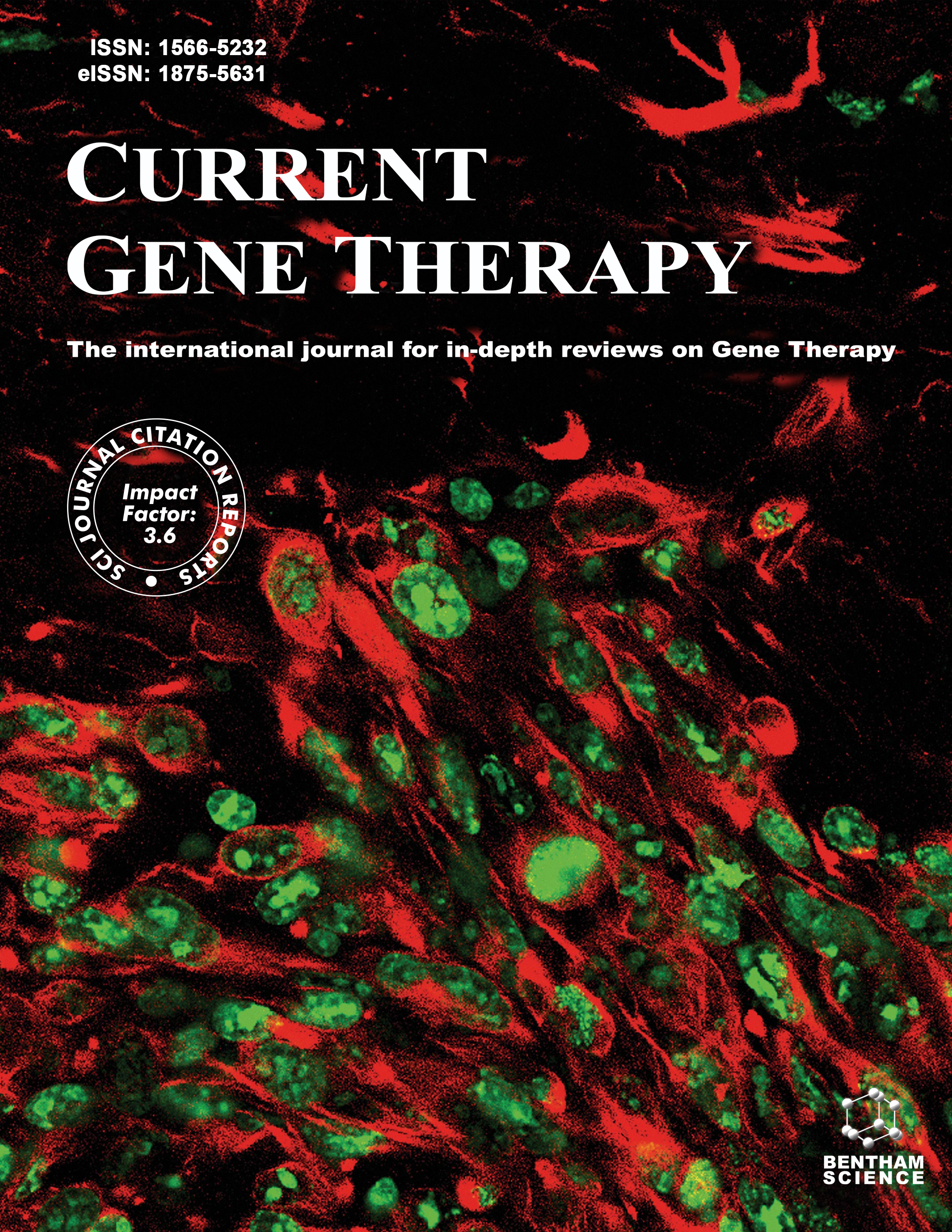
Full text loading...
We use cookies to track usage and preferences.I Understand
Developing delivery vectors capable of transducing genetic material across the lung epithelia and mucus barrier is a major challenge and of great interest to enable gene therapies to treat pulmonary diseases. Recombinant Adeno-associated Viruses (rAAVs) have emerged as attractive candidates among viral and non-viral vectors due to their broad tissue tropism, ability to transduce dividing and quiescent cells, and their safety profile in current human applications. While rAAVs have demonstrated safety in earlier clinical trials for lung disease applications, there are still some limitations regarding rAAV-transgene delivery in pulmonary cells. Thus, further improvements in rAAV engineering are needed to enhance the effectiveness of rAAV-based therapies for lung diseases. Such therapies could benefit patients with chronic lung diseases, such as asthma, chronic obstructive pulmonary disease, pulmonary hypertension, and cystic fibrosis, among others, by regulating hereditary gene mutations or acquired gene deregulations causing these conditions. Alongside therapeutic development, advances in the rAAV production process are essential to meet increasing production demands, while reducing manufacturing costs. This review discusses current challenges and recent advances in the field of rAAV engineering and manufacturing to encourage the clinical development of new pulmonary gene therapy treatments.

Article metrics loading...

Full text loading...
References


Data & Media loading...

